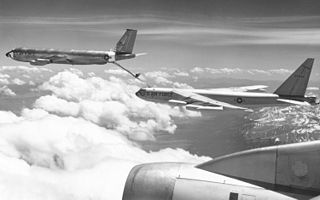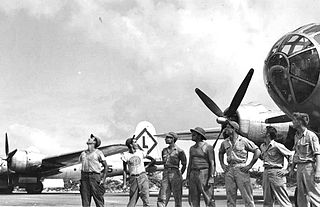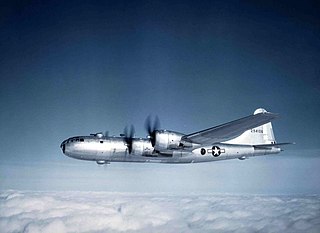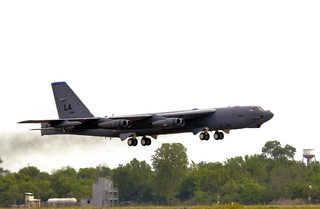
The 39th Air Base Wing is a United States Air Force unit assigned to the Third Air Force. It is stationed at Incirlik Air Base, Turkey. The wing is also the host unit at Incirlik.

The 414th Expeditionary Reconnaissance Squadron is a provisional United States Air Force unit. It operates the General Atomics MQ-1 Predator, last known assigned to the 39th Expeditionary Operations Group, Incirlik Air Base, Turkey. The 39th Expeditionary Operations Group was part of the 39th Air Expeditionary Wing. It controls the launch and landing of the Predator air vehicles.

The 310th Space Wing is an Air Reserve Component (ARC) of the United States Air Force. It is assigned to the Tenth Air Force, Air Force Reserve Command, stationed at Schriever Space Force Base, Colorado. The wing is the only space wing in the Air Force Reserve. It provides specialized expertise, continuity and combat ready personnel. It is mission partnered with several United States Space Force deltas: Space Delta 2, Space Delta 3, Space Delta 4, and Space Launch Delta 30.

The 462d Air Expeditionary Group is a provisional unit of the United States Air Force. It is assigned to Air Mobility Command to activate or inactivate as needed to meet operational requirements. Its last assignment was at Naval Support Facility Diego Garcia, British Indian Ocean Territory.

The 29th Flying Training Wing is an inactive United States Air Force unit last based at Craig Air Force Base, Alabama. It was inactivated when Craig was closed when the Air Force reduced its pilot training program after the Vietnam War.

The 502d Bombardment Group was a World War II Army Air Forces (AAF) strategic bombardment organization. The unit was one of the last few combat groups formed by the AAF, activating on 1 June 1944. After nearly a year training with Boeing B-29 Superfortress, it moved to Guam in April 1945. It flew its first combat mission on 30 June 1945 and its first strike on the Japanese home islands in July. It was awarded the Distinguished Unit Citation for attacks on the Japanese oil industry between 5 August and 15 August 1945. After V-J Day it flew show of force missions and evacuated prisoners of war. It remained in the Pacific until it was inactivated on 15 April 1946.

The 331st Bombardment Group is an inactive United States Air Force unit. It was last assigned to the 315th Bombardment Wing, being stationed at Northwest Field, Guam. It was inactivated on 15 April 1946.

The 346th Bombardment Group is a former United States Army Air Forces unit. It was last assigned to the 316th Bombardment Wing at Kadena Airfield, Okinawa, where it was inactivated on 30 June 1946. The group was originally a heavy bomber training unit, but was inactivated in a general reorganization of Army Air Forces training units in 1944. It was reorganized as a Boeing B-29 Superfortress group later that year. It moved to Okinawa in 1945, but arrived too late to participate in combat.

The 383d Bombardment Group is a former United States Army Air Forces unit. It was last stationed at Camp Anza, California, where it was inactivated on 4 January 1946. The group was active from 1942 to 1944 as a heavy bomber training unit. It was reorganized as a very heavy bomber unit and trained for deployment overseas. However, it arrived at its overseas station too late to see combat, and returned to the United States, where it was inactivated.

The 493d Bombardment Group is a former United States Army Air Forces unit that was assigned to the 92d Bombardment Wing during World War II. It the last bombardment group to be assigned to Eighth Air Force. It flew combat missions in the strategic bombing campaign against Germany until shortly before V-E Day, then returned to the United States for inactivation. In 2002, the group was converted to provisional status as the 493d Air Expeditionary Group and assigned to Air Mobility Command to activate or inactivate as needed.

The 396th Bombardment Group is a former United States Army Air Forces unit. It was active during World War II as a Boeing B-17 Flying Fortress Operational Training Unit, training newly organized units, then as a Replacement Training Unit for aircrews. It was inactivated in 1944 in a general reorganization of Army Air Forces training units..

The 960th Airborne Air Control Squadron is part of the 552d Air Control Wing at Tinker Air Force Base, Oklahoma. It operates the E-3 Sentry aircraft conducting airborne command and control missions.

The 961st Airborne Air Control Squadron is part of the 18th Wing at Kadena Air Base, Japan. It operates the E-3 Sentry aircraft conducting airborne command and control missions.

The 340th Weapons Squadron is a United States Air Force unit assigned to the USAF Weapons School. It is stationed at Barksdale Air Force Base, Louisiana. The 340th is assigned to the 57th Wing, at Nellis Air Force Base, Nevada. The mission of the squadron is to provide Boeing B-52 Stratofortress instructional flying.

The 325th Weapons Squadron is a United States Air Force unit assigned to the USAF Weapons School, stationed at Whiteman Air Force Base, Missouri, it is a geographically separated unit of the 57th Wing at Nellis Air Force Base, Nevada. The mission of the squadron is to provide Northrop Grumman B-2 Spirit instructional flying.

The 98th Air Refueling Squadron is an inactive United States Air Force unit. Its last assignment was with the 92d Operations Group at Fairchild Air Force Base, Washington, where it was inactivated on 1 July 1998.

The 338th Combat Crew Training Squadron is a currently inactive United States Air Force unit. It was last assigned to the 96th Operations Group at Dyess Air Force Base, Texas, where it was inactivated on October 1, 1993.

The 920th Air Refueling Squadron is an inactive United States Air Force unit. It was last assigned to the 379th Bombardment Wing at Wurtsmith Air Force Base, Michigan where it was inactivated on 30 September 1992.

The 342d Bombardment Squadron is an inactive United States Air Force unit. It was last assigned to the 4137th Strategic Wing at Robins Air Force Base, Georgia, where it was inactivated on 1 February 1963.

The 702d Tactical Air Support Squadron is an inactive United States Air Force unit. It was part of the 601st Tactical Air Control Wing at Bergstrom Air Force Base, Texas, from 1969 until it was inactivated on 30 November 1975.
























